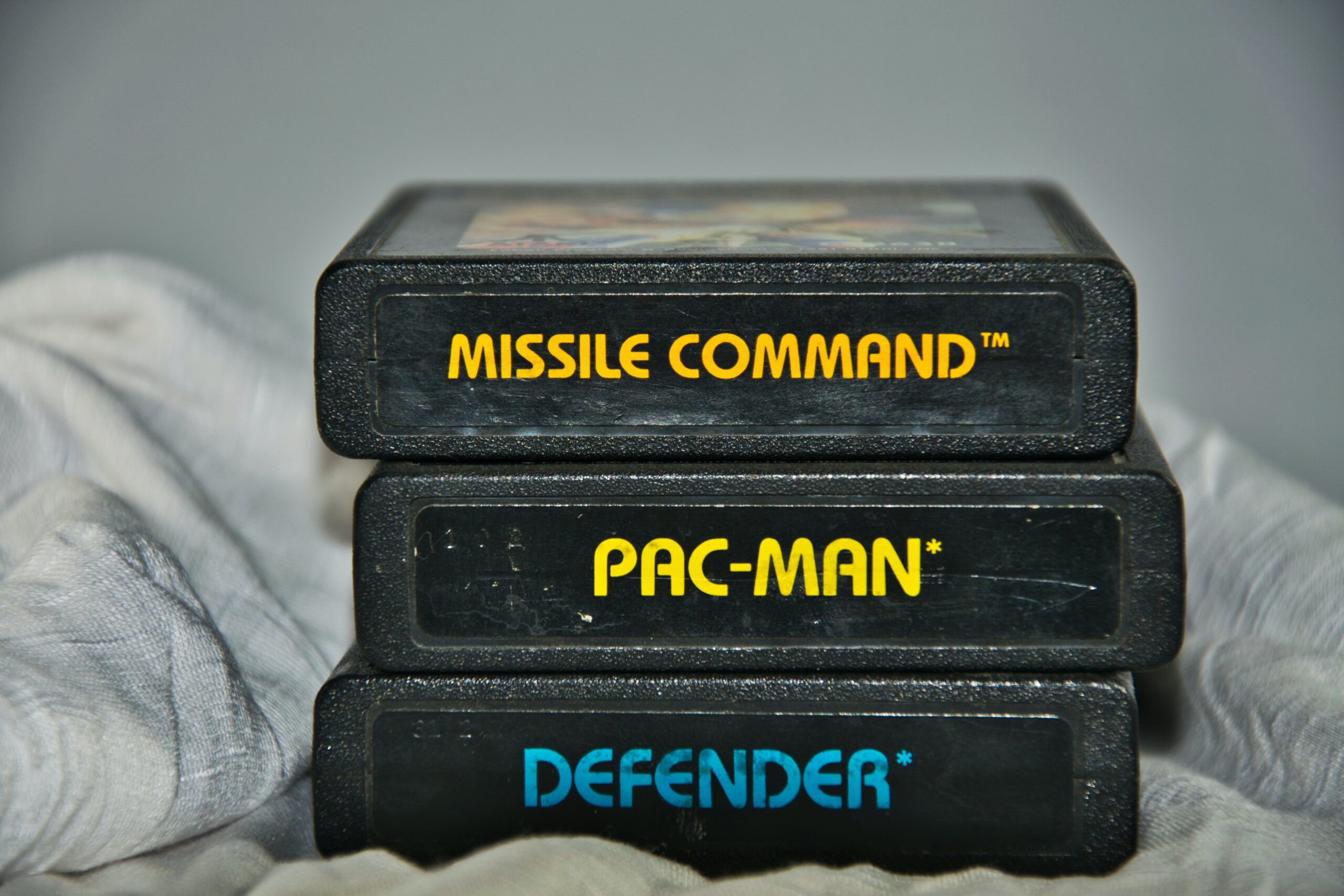The 8-Bit Era: Where It All Began

Firstly, let’s travel back in time to the 8-bit era, where iconic games like “Super Mario Bros” and “Tetris” captured the hearts of gamers worldwide. These early games relied on simple, pixelated graphics to bring their virtual worlds to life. Each pixel represented a tiny dot of color, creating a blocky yet charming aesthetic.
A Leap to the Third Dimension
As gaming technology progressed, the industry saw a shift towards three-dimensional graphics. Secondly, titles like “Super Mario 64” and “Final Fantasy VII” revolutionized the gaming landscape with their immersive worlds and character models. The introduction of polygons allowed for smoother curves and detailed environments, transporting players into entirely new realms of gaming.
The Rise of Realism

Moreover, technological advancements fueled the pursuit of realism in video game graphics. Developers sought to create visually stunning worlds that could rival reality itself. Games like “Crysis” and “The Last of Us” showcased the power of cutting-edge technologies such as ray tracing and real-time rendering. These techniques allowed for realistic lighting, shadows, and reflections, heightening the overall visual experience.
Space Technology and Graphics
Furthermore, the interplay between space technology and graphics has had a significant impact on gaming visuals. Additionally, the integration of satellite imagery and GIS data has enabled developers to recreate real-world locations with astonishing accuracy. Moreover, in games set in space or on alien planets, developers employ their creative prowess to simulate otherworldly landscapes and celestial bodies, captivating players with visually stunning and immersive experiences.
The Age of Artificial Intelligence
Artificial Intelligence (AI) has also made its mark on video game graphics. With AI-assisted graphics, developers can enhance image quality, generate realistic textures, and improve overall visual performance. Additionally, AI algorithms can adapt to players’ behavior, dynamically adjusting graphics settings to ensure a smooth and visually pleasing experience.
The Quantum Leap
Looking towards the future, the tantalizing potential of quantum computing opens new doors for hyper-realistic gaming visuals. Quantum computing has the capability to process vast amounts of data and solve complex graphical calculations, paving the way for even more lifelike graphics and stunning visual effects.

In conclusion, the art of video game graphics has come a long way since the humble pixels of the 8-bit era. From the early days of blocky characters to the photorealistic worlds of today, technology continues to push the boundaries of what’s possible in gaming visuals. Whether it’s through advanced rendering techniques, space exploration integration, AI-assisted graphics, or the promise of quantum computing, the evolution of video game graphics continues to captivate and astonish players around the world.



